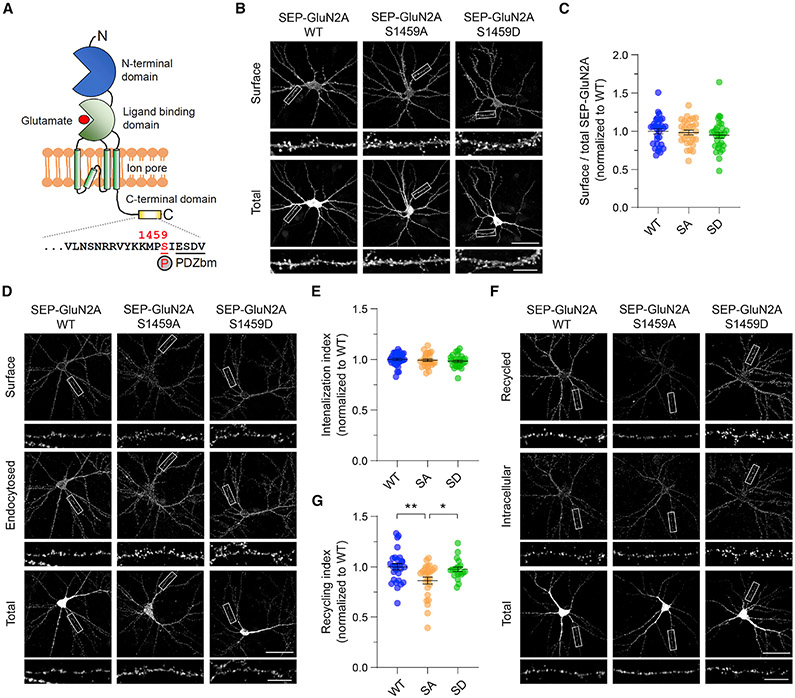Figure 1. GluN2A Ser-1459 phosphorylation state regulates NMDAR recycling.
(A) Schematic domain structure of a single GluN2A subunit depicting the CaMKIIα phosphorylation site, Ser-1459, which is located adjacent to the C-terminal PDZ binding motif (PDZbm).
(B) Phosphorylation of Ser-1459 does not regulate GluN2A surface expression under basal conditions. Primary hippocampal neurons were transfected with plasmids encoding SEP-GluN2A, either wild-type (WT), or the phospho-deficient S1459A (SA) or phospho-mimetic S1459D (SD) mutant at DIV12. Representative images of surface and total SEP-GluN2A in a neuron from each group, together with enlarged images of the boxed regions, are shown. Scale bars, 50 μm and 10 μm (enlarged images).
(C) Quantification of the surface/total GluN2A ratio normalized to the value of control neurons expressing SEP-GluN2A WT. Data are presented as mean ± SEM (WT, n = 30 neurons; S1459A, n = 29; and S1459D, n = 30; from three independent cultures).
(D) Phosphorylation of Ser-1459 does not affect GluN2A internalization under basal conditions. Transfected neurons were incubated with rabbit anti-GFP antibodies at 25°C for 10 min and were allowed to internalize in the medium at 37°C for 30 min.
(E) Quantification of the SEP-GluN2A internalization index normalized to the value of control neurons expressing SEP-GluN2A WT. Data are presented as mean ± SEM (WT, n = 30 neurons; S1459A, n = 27; and S1459D n = 27; from three independent cultures).
(F) The phospho-deficient S1459A mutant reduces the constitutive recycling of GluN2A. Transfected neurons were incubated with rabbitanti-GFP antibodies and receptors were allowed to internalize for 30 min as above. Non-internalized SEP-GluN2A was blocked with anti-rabbit Fab fragments. Neurons were transferred back to 37°C for 30 min to allow for internalized receptors to recycle back to the plasma membrane.
(G) Quantification of the SEP-GluN2A recycling index normalized to the value of control neurons expressing SEP-GluN2A WT that were fixed prior to receptor recycling. Data are presented as mean ± SEM (WT, n = 28 neurons; S1459A, n = 26; and S1459D n = 20; from three independent cultures). *p < 0.05, **p < 0.01 using one-way ANOVA with a Tukey’s multiple comparison test.

